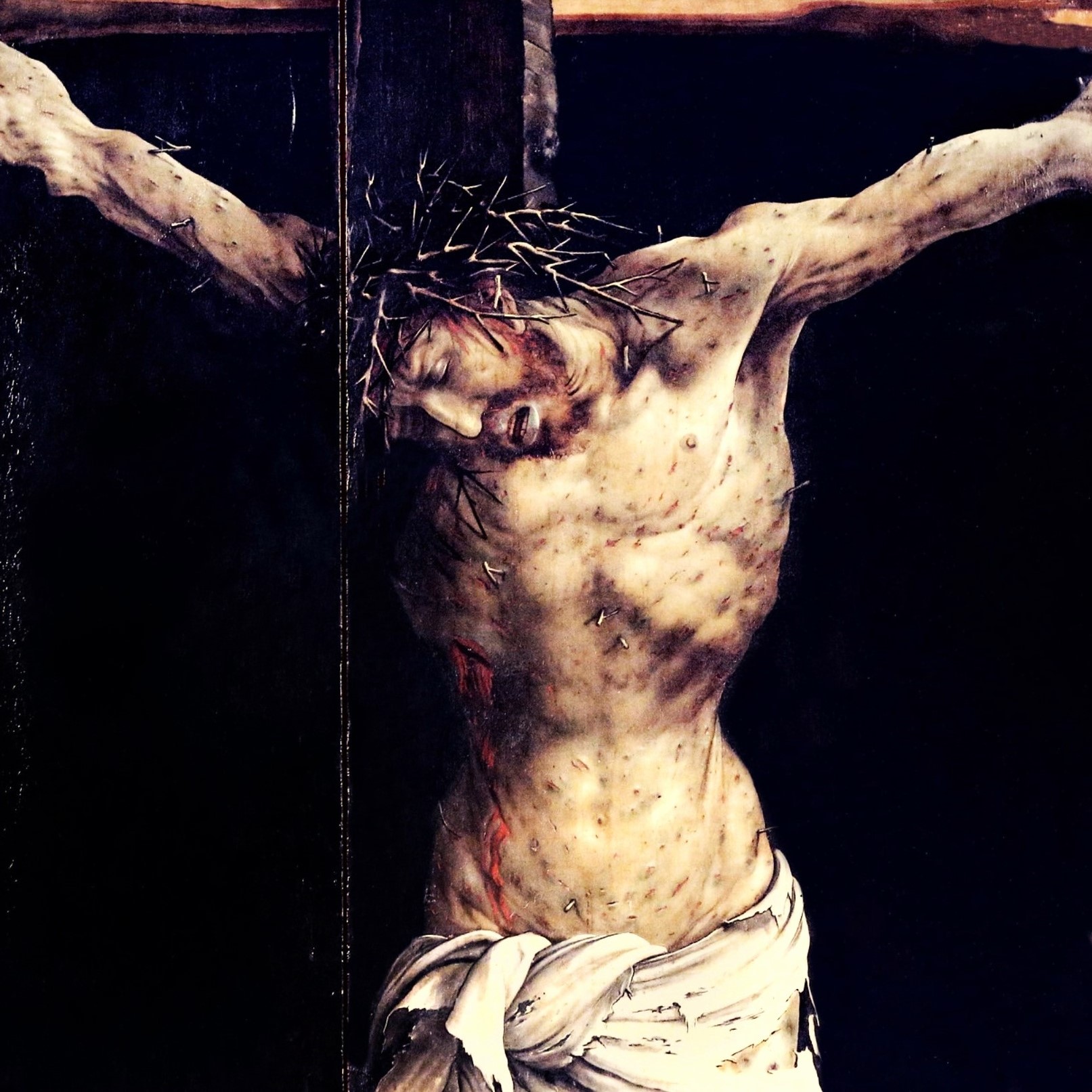And the light shineth in darkness, and the darkness did not comprehend it.
Depictions of the Crucifiction of Christ typically end in darkness and silence. The heavens grow dark, the distant Father is seemingly silent in the face of the murder of His Only Begotten Son, life fades from the Incarnate Body of the Son, He is taken down, He is laid in a grave not His own. There is weeping, of no small amount, and people return to their homes.
This depiction is a sort of mental balm of the type that seeks to safeguard the human mind when it reels in anguish from a shock of incomprehensible horror and wonder. Christ sacrificed Himself for our sin, to restore broken man to God. This break happened because man attempted to kill God, drive Him from creation, from relationship with him, from his heart. The deicide of God committed by man is not just at Cavalry but began in the Garden and has happened every day since. There is a cosmic horror in God permitting man to attempt to kill Him, seemingly doing so, but then showing that such an attempt by man is only caught up as an instrument into things more wonderful than can be imagined to become the very means by which God reconciles humanity to Himself and to go beyond that by showing forth a new creation; the way of grace by which man should be united with God and share in His very own life.
This is altogether too much for the mind of man, which cannot comprehend such a bright light. The mind makes a mental block and Good Friday becomes a time of abandonment and darkness. This is but a fiction. Good Friday in reality was a day of upheaval, of endings of old ways, of theophany, and revelation. It is the silent voice of the Father speaking, clear to those who can hear it, clear to those who fall down in worship of the Crucified Savior.
— PPP


